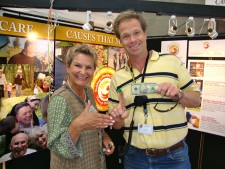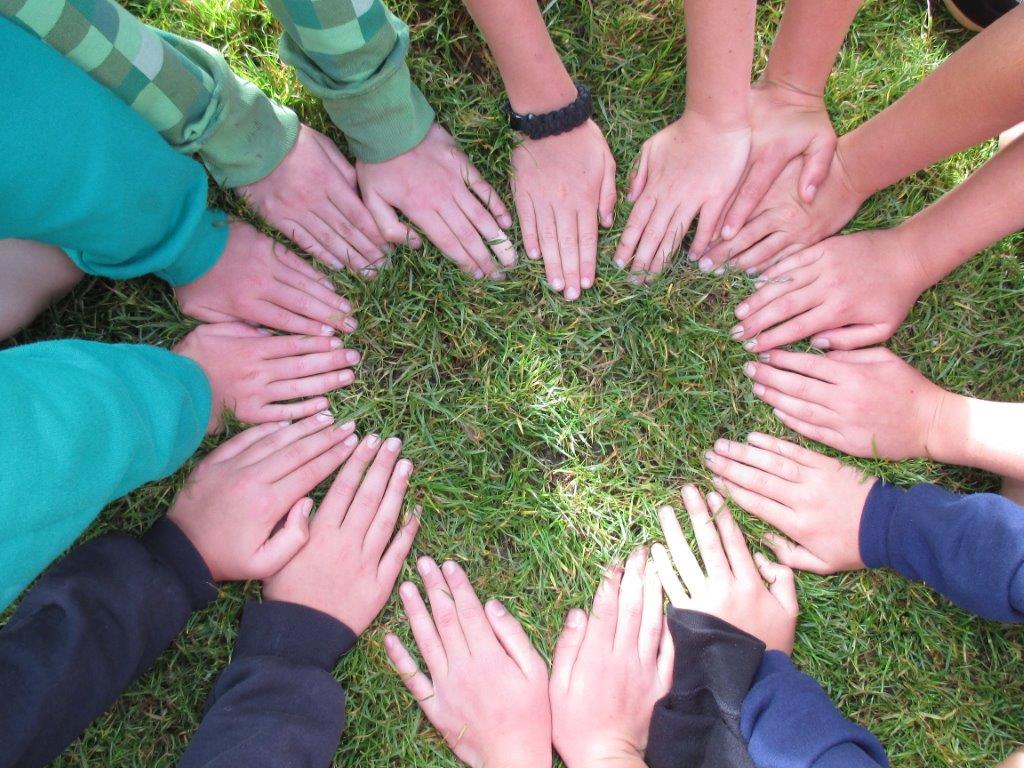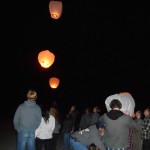Not Your’ Mother’s Grad Night
By Debbi Fincher (Written: June 2010 for San Juan Journal)
Another school year is quickly coming to an end, and on the minds of all high school seniors is graduation! Often this “rite of passage” is viewed by many as a chance to celebrate with drinking alcohol or using illegal substances.
Thankfully, our community has stepped up to help offer our graduating seniors another option, Project Grad Night, an all night, alcohol-free/drug-free party exclusively for them! With a participation level over 94% each year from the senior class, the buy-in is huge! What makes this so powerful is the students have made a conscious choice to enjoy their graduation night without drugs and alcohol. And, in the end, only the students can make that decision for themselves. “According to the 2008 Washington State Healthy Youth Survey, about two out of three seniors choose not to drink alcohol.”
Project Grad Night is the community at its best. Students, parents, local business owners and community members come together to support our youth in helping to make healthy choices. Not only will this positive influence be felt on grad night, but as they continue to make decisions about how they want to celebrate other “special passages” as they move into their “independence” and the decisions it will require.
The graduating seniors will be whisked off minutes after their graduation ceremony on to a thrilling, fun and engaging night of activities. The planning has been in the works for the past year for this group, but perhaps on their minds for the last few years. In 2007, Project Grad Night was first introduced on San Juan Island. Parent volunteer, Joyce Stimpson, was involved from the start and continues to help facilitate the program. Her son Loch, FHHS ‘07 Grad said, “it was nice of Project Grad Night to take the stress off of the kids to come up with a party because there was already one planned that we didn’t have to worry about getting broken up by the cops.”
Each year, the planning committee of senior parents, try to keep the events a surprise making the night that much more intriguing and safe. And, the fun associated with it gives that feeling of a “natural high”. Events have included “sumo wrestling”, a game of “Survivor” on Jones Island and a sunrise cruise aboard the whale watch boat the Odyssey. Loch also said, “I think the feeling of doing something as a class for the last time gets understated far too much with this experience.”
This will be a night to remember and well, they’ll be able to remember it if they are alcohol and drug-free. Graduation night is supposed to be fun, not fatal. Give those graduating seniors a huge congrats as you send them on their way that night, they’ve already shown great wisdom in their plans for their big night out!
Much gratitude also goes out to the many volunteers and donors giving their time, talents and resources to make this happen! The San Juan Island Prevention Coalition supports this program but it’s through fundraising efforts from senior parents and the students in our community that make Project Grad Night a reality! Here’s to their healthy future…
A Few Photos from 2015 Project Grad Nite, truly a magical evening…






































